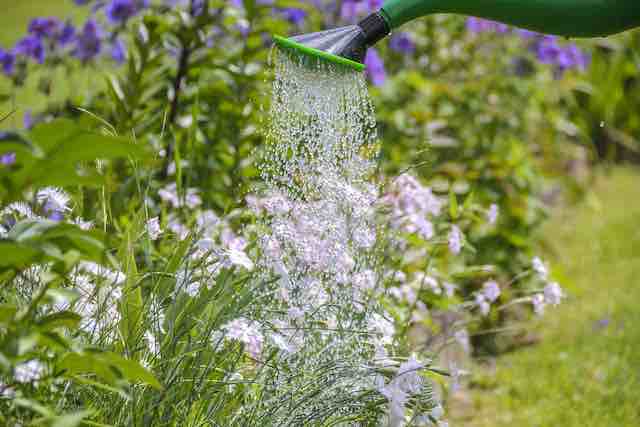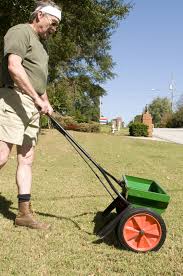Rules For Watering Your Garden

If there is one type of question that anyone in the horticulture industry gets asked more than any other, it has to be about watering strategies. The problem is that there is not one solution.
You see, gardens are filled with an abundance of different plants. Each of those plants has it’s own requirements when it comes to watering. Then you need to add in all the different types of soil conditions as well as climates and you’ll quickly come to the conclusion that there is not one final answer.
Different Plants Have Different Requirements
The number of different watering requirements
For example, a typical lawn in a residential
On the other hand, many different types of trees and shrubs can survive with less water and occasionally suffer some drought stress without leading to death.
Yet, there are still other plants, such as those that have adapted to withstand drought. Despite you needing soil to dry out completely between waterings, these miraculous plants are able to go weeks and sometimes months without water.
Determine Soil Moisture
Don’t be too quick to want to know how to water. It’s important that you first understand the difference between wet and dry soil. In order to do that, think of soil like a container.
Like any container, it can be filled to the brim and even spill over if filled up too much. The container, or the soil, can provide all the water required even when not filled to overflow.
How Soil Moisture Works
Soil experts classify soil moisture in two different ways. The first is called saturation and the second is called field capacity.
Saturated soil is wet. Like our example above, it’s like a container that is filled to overflowing. You can see this on the surface of the soil because there are puddles. Excess water runs off it. Despite all this water eventually draining away, the roots of the plants may suffer from a lack of oxygen which is not good.
When it comes to field capacity, the soil pore spaces are filled with water and the plant can take up water easily. This is like the container example above where it’s filled just below the brim. The plant has all the water it could need.
With this in mind, this will help you determine how to relate to the soil. It will give you a far better idea of an effective irrigation schedule.
Check The Soil
Start checking the soil in spring. It is at this time when the soil generally contains the most water. Using a garden tool, turn over some garden soil. Grab a handful of soil from two to three inches below the surface.
Waterlogged, saturated soil will drip water. If your soil is clay or sandy loam, need this handful to see if you can squeeze a little water out. Because sandy soil doesn’t stick together, juggle the handful, and look for water droplets. Whenever you can see free water and soil, it is saturated. Saturated clay soil will also be extremely sticky.
At field capacity, most soils will feel similar. When squeezed no water drops appear but your hands feel damp.
As soil continues to dry it will reach the stage of 75% of field capacity. At that
Clay soils are pliable, and they can easily be formed into a ribbon. There is plenty of oxygen in the soil. 75% Field capacity is the ideal for most plants, so when you water, this is the stage to aim for.

When is soil reaches 50% field capacity, it is almost time to irrigate. That’s the gauge you can use. The soil will look and feel dry which is an effective test to do. However, it’s important to note that many cells will have plenty of water stored just a few inches below the soil surface. Keep this in mind.
Remember that plants in clay soil are most likely to have enough water to sustain them. On the other hand, plants in sandy soils might need more.
Keep in mind that a soil reservoir contains more water than you might think. Not to worry though, if you overwater, the majority of plants will recover quickly and fully.
Use An Indicator Plant
Some horticultural experts recommend that you select and watch an indicator plant in your garden. What this means is that they choose one plant that is likely to wilt first and show signs of drought stress. When you see that one plant struggling, you know it’s time to water.
As you gain experience with your lawn and garden, you’ll become an expert in timing irrigation to line up with the conditions in your yard. You’ll know that obviously, a tomato plant needs more regular watering than a willow tree.
As time goes on, your job will be much easier when you group plants with similar water
It’s important to look for a 75 field capacity when watering. This is key to maintaining the right level of watering.


